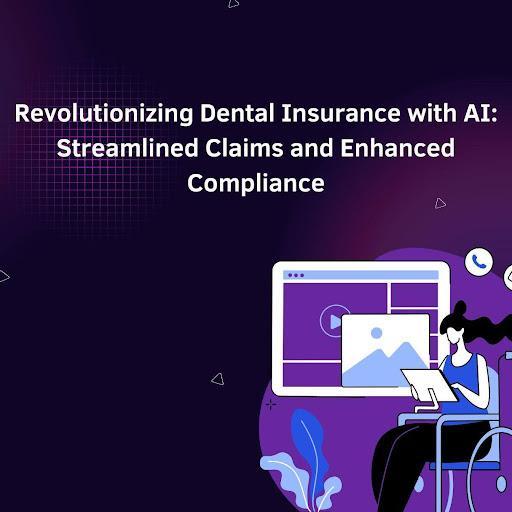
Rule-based AI systems are transforming dental insurance claims processing by streamlining workflows, reducing errors, and enhancing compliance. Through automation, these systems simplify complex processes and improve efficiency. Pravesh Nikhare highlights how AI is reshaping both operational practices and user experiences in a traditionally cumbersome sector.
Simplifying Complexity: The Essence of Rule-Based AI
At the heart of rule-based AI systems is the ability to translate intricate dental insurance policies and regulatory standards into machine-readable logic. These systems use predefined rules to interpret procedure descriptions, diagnoses, and patient histories, enabling them to validate claims efficiently. By automating decision-making, AI ensures uniformity across claims, reducing inconsistencies and administrative burdens.
Automation at Its Best: Reducing Human Intervention
A key benefit of these systems is the reduction in manual intervention. AI handles real-time claim categorization, verifies eligibility, and cross-references treatment histories efficiently. Simple claims are processed instantly, while only complex ones require human review. This automation accelerates processing, improves accuracy, and reduces administrative costs crucial for today’s healthcare demands. The streamlined process benefits insurers and ensures timely reimbursements for policyholders, boosting customer satisfaction and enhancing overall service quality.
Precision through Data: Advanced Analysis and Algorithms
These AI systems leverage advanced technologies like Natural Language Processing (NLP) and pattern recognition to interpret unstructured claim data. NLP extracts key terms from free-text fields, while pattern recognition identifies trends and flags anomalies for fraud detection. Machine learning further enhances the system by continuously refining rules and adapting to evolving claim patterns. This dynamic learning process improves accuracy and ensures the system stays aligned with emerging healthcare practices.
Ensuring Compliance with Industry Standards
Compliance is critical in dental insurance, and rule-based AI systems excel by incorporating regulatory standards, ensuring alignment with the latest procedure codes and documentation requirements. These systems track policy limitations, verify pre-authorizations, and confirm claims meet eligibility criteria and legal guidelines. Additionally, they provide transparency by generating detailed decision rationales, fostering trust among insurers, providers, and policyholders. By adhering to best practices, these AI systems reduce disputes and simplify the audit process, enhancing the overall efficiency and reliability of claims management.
Balancing Automation and Human Oversight
While automation ensures speed and precision, balancing AI with human involvement is crucial. These systems flag exceptions needing human judgment, ensuring complex cases receive proper attention. This synergy creates a seamless workflow AI manages routine tasks efficiently, while human expertise focuses on nuanced decisions and value-added activities.
A Vision for the Future: Expanding AI’s Horizons
The future of AI in dental insurance extends beyond its current scope. These systems are set to integrate with emerging technologies like blockchain for secure records, computer vision for claim verification, and predictive analytics for fraud detection. Their success in dental claims also paves the way for broader applications in mental health and pharmacy benefits. The shift toward predictive analytics enables insurers to assess risks more precisely and develop tailored policies. With ongoing advancements and expanding capabilities, AI is positioned to transform healthcare financing and improve insurance outcomes.
In conclusion, Pravesh Nikhare‘s insights into rule-based AI systems highlight their transformative impact on dental insurance claims management. These systems minimize manual intervention, ensure compliance, and enhance customer satisfaction, creating a more efficient and transparent insurance ecosystem. As technology evolves and AI integrates with innovations like predictive analytics, the industry will gain new capabilities for proactive, patient-focused care. With continuous advancements, these AI-driven systems will become essential tools, streamlining operations and redefining the claims process. The work provides valuable insight into the digital transformation reshaping healthcare administration, emphasizing the need for adaptability in a rapidly changing landscape.